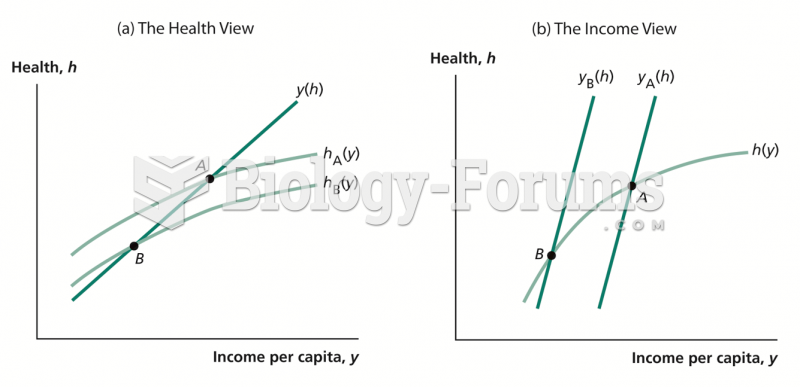Answer to Question 1
Conflict theory emphasizes the political, economic, and social forces that affect health and the health care delivery systems. Among the issues of concern to conflict theorists are the ability of all people to obtain health care; how race, class, and gender inequalities affect health and health care; power relationships between doctors and other health care workers; the dominance of the medical model of health care; and the role of profit in the health care system.
According to many conflict theorists, problems in U.S. health care delivery are rooted in the capitalist economy, which views medicine as a commodity that is produced and sold by the medical-industrial complex. The medicalindustrial complex encompasses local physicians and hospitals as well as global health-related industries such as insurance companies and pharmaceutical and medical supply companies.
Access to high-quality medical care has been linked to people's ability to pay and to their position within the class structure. Those who are affluent or have good medical insurance may receive high-quality, state-of-the-art care in the medical-industrial complex because of its elaborate technologies and treatment. However, people below the poverty level and those just above it have greater difficulty gaining access to medical care. Referred to as the medically indigent, these individuals do not earn enough to afford private medical care but earn just enough money to keep them from qualifying for Medicaid.
According to conflict theorists, physicians, who hold a legal monopoly over medicine, benefit from the existing structure because they can charge inflated fees. Similarly, clinics, pharmacies, laboratories, hospitals, supply manufacturers, insurance companies, and many other corporations derive excessive profits from the existing system of payment in medicine. In recent years, large drug companies and profit-making hospital corporations have come to occupy a larger and larger part of health care delivery. As a result, medical costs have risen rapidly, and the federal government and many insurance companies have placed pressure for cost containment on other players in the medical-industrial complex.
Conflict theorists increase our awareness of inequalities of race, class, and gender as these statuses influence people's access to health care. They also inform us about the problems associated with health care becoming big business.
Answer to Question 2
a







